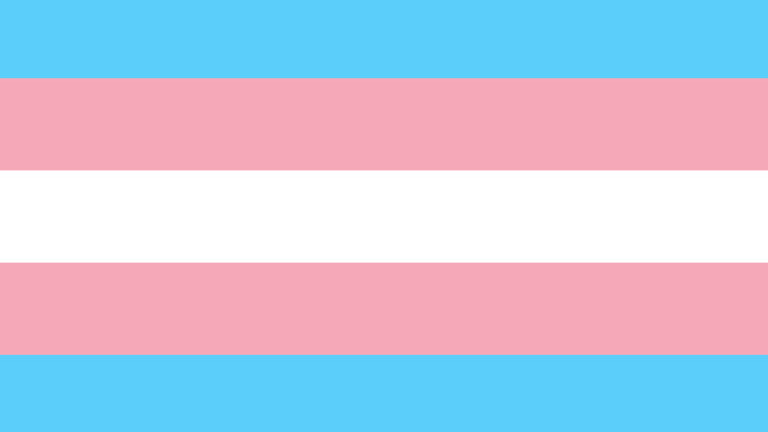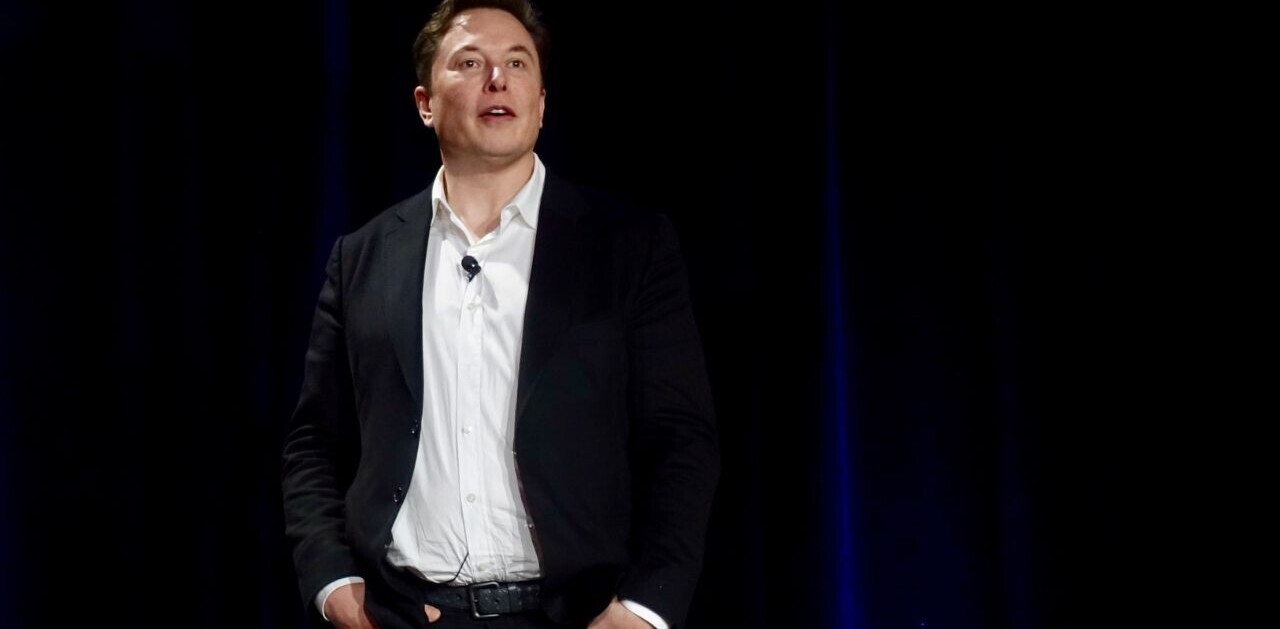
Welcome to TNW Pride 2020! All throughout June we’ll highlight articles that focus on representation for LGBTQPIA+ people in the STEM communities.
Can we have a grown-up conversation about those “gender swap” filters you can find in photo apps? I bring it up because this image is going viral today:

Don’t get me wrong, there’s nothing inherently wrong with it. It’s just an image of Elon Musk wearing lipstick and a wig. We can clearly see that it was made using FaceApp – a selfie editor that, among other features, has a filter that uses AI to “swap” the “gender” of a photo’s subject.
The manipulated image comes to us from Reddit. If I’m not mistaken, this pic from Biography.com is the source image:

You can try it for yourself. It’s free on iOS and Android. FaceApp does paywall several filters but the “gender swap” function is free as both a selfie filter and a feature in the app’s “fun” section. That being said, whether or not you should try it is a subject of some debate.
My colleague Georgina Ustik covered this issue last year when Snapchat launched a similar filter and it exploded into popularity. Ustik’s excellent article highlighted the various sides of the issue by showcasing quotes from trans people.
The piece juxtaposed quotes from those who support the idea of such filters as a tool for personal exploration against statements from people pointing out these apps, more often than not, serve as a vessel for mockery and (mostly) unintentional bigotry against the trans and non-binary community.
But what’s the big idea? Why are people mad about gender-bending tech?
Well, first off: nobody cares if anyone wants to use this filter. It seems unethical to run Elon Musk’s picture through it and then publish that online. And there’s a healthy amount of objection to the idea that hair length, jawlines, and facial hair are what defines “gender.” But the idea of an app that allows you to explore different feminine and masculine appearances for yourself isn’t necessarily a bad thing.
I spoke with Charlie Knight, a non-binary editor and activist. They told me:
Exploring gender and different genders than the one you were assigned is a good thing, I encourage it. You may learn new things about yourself that surprise you, and you may find yourself kinder to trans people.
The problem isn’t that these filters exist or that people are using them. It’s how and why they’re being used. Knight continued:
But in this context, it’s made into a joke and that bleeds into the way most of society – most of the people using these filters – consider our transitions a joke.
Elon Musk in a digital wig and lipstick shouldn’t be all that shocking. Yet the comments on Reddit are a litany of “I’d hit it,” and “can’t unsee.” The very notion that such flimsy aesthetic modifications can illicit such emotional responses is an important one. It goes to show how fragile our conceptions of masculinity and femininity are at the mainstream level.
And Knight also pointed out another important implication during our conversation:
I think it also, in a big way, negates what trans people actually go through. Some guy sees himself as a woman through the filter and thinks, “Oh man, I’d be really pretty. I’d do me.” There’s a failure there to see what that guy would actually have to do to meet the standard that filter created. And when trans people inevitably don’t meet that standard or need medication, surgeries, etc to even near it, these things don’t help us gain any empathy.
Women, whether cis or trans, face impossible beauty standards. It’s a double-edged sword to perpetuate the idea that only a specific view of femininity is acceptable. It enforces the idea that “normal” women and men look a certain way and any deviance from that norm is outside the spectrum of classical beauty. This narrow-minded view is unsupported by reality, as decades of complaints against the standards portrayed by the fashion and beauty industry have shown.
Perhaps the biggest problem with “gender swapping” filters is that they entirely ignore non-binary and gender fluid people.
Knight said:
I think nonbinary would be impossible here. If they’d tried it, what they would actually come up with would be androgynous, and calling that nonbinary – when nonbinary is not one single appearance or identity – is problematic, too. So automatically nonbinary people are excluded from this.
The point is that there’s more than just “men” and “women” in the world. That’s not just a social truth, it’s a biological fact.
It’s offensive to fetishize transgender people. When you laugh about how “funny” or “shocking” it is to see someone you might assume to be cisgender presenting as trans in a photo, it serves to hurt trans people and potentially erase non-binary existences.
Trans and gender-queer individuals are at a significantly higher risk for violence than most other communities. The most powerful weapon we have in the fight against this violence is normalization.
We have to make it normal for trans men and women to occupy space next to cisgender people, and we need to clear some room for gender-queer, gender-fluid, and non-binary people to exist. The only way we can do this is by recognizing that treating gender dysphoria as nothing but comedy fodder, and failing to understand the importance of gender euphoria, are both acts that harm trans and non-binary people.
There’s no simple answer as to whether the use of these apps and filters is appropriate. Sometimes being a good ally isn’t as cut-and-dry as “don’t do that.” The conversation is more nuanced here because these apps and filters can be a positive force when the people who need or truly want them can benefit from them. For some, these apps represent the only safe way they can explore gender identity.
But, the people yucking it up on social media over gender-bending imagery are, perhaps unwittingly, sending a signal to trans and non-binary people that their existence is nothing but a joke to everyone else.
Until we’re willing to call this behavior toxic, because it further marginalizes an already oppressed group, we’re not creating safe spaces in the public forum for trans and non-binary people.
You can’t call yourself an ally if you’re not putting out a “welcome mat” for everyone.
Get the TNW newsletter
Get the most important tech news in your inbox each week.





